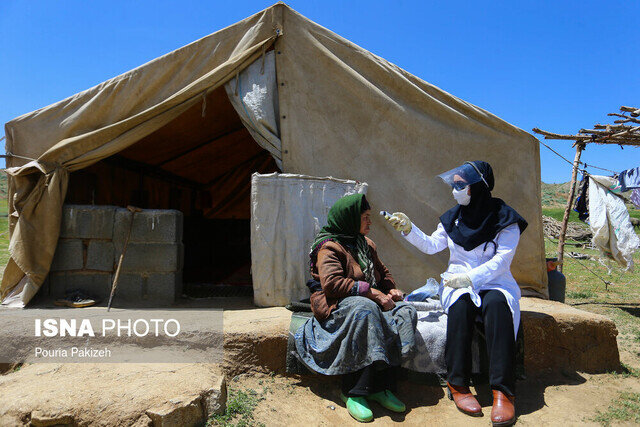Over 31,000 health care providers offering services to villagers

TEHRAN – Primary health care is provided to the rural residents by 31,000 health care providers (called Behvarz) nationwide, Mohammadreza Rahbar, an official with the director of the health network department at the Ministry of Health has said.
Primary health care includes preventive care, health promotion, screening, and basic medical services for the predefined conditions, he noted.
Currently, there are 31,148 health care providers active in the country, but to reach ideal conditions, we need 43,128 health workers, he added.
Of course, 98 percent of the country’s rural population is covered by the primary health care (PHC) system, and the remaining villages are those with a very small population and high dispersion, he explained.
Some 98 percent of the country’s rural population is covered by the primary health care system. In 1971, a research project was carried out in the northwestern city of Urmia that came up with the idea of setting up a comprehensive health care network in both rural and urban areas of the country, similar projects were piloted in the provinces of West Azarbaijan, Shiraz, Tehran, Fars and Lorestan from 1973 to 2020, However, Iran’s health care network was launched in 1981-1983.
Over six years (1984 to 1990), the PHC system was fully developed throughout the country.
The country’s PHC system is formed of several sections working in harmony to offer primary care to different groups of people in rural and urban areas. In rural areas, Health Houses are established in villages with over 300 residents, which are under the supervision of a rural comprehensive health center.
Each health center takes control of five Health Houses.
Two health care providers are providing primary care in each health house; including, preventive care, health promotion, screening, and basic medical services for the predefined conditions, to an approximate population of 1,100 people.
Currently, 18,000 health centers are providing services to over 20 million villagers nationwide, with 630 health care providers, he highlighted.
Last October, World Health Organization (WHO) representative to Iran Jaffar Hussain, said that Iran's health system can be a model for other countries in the region, especially in the field of health and the use of valuable forces such as health care providers.
They have also played an effective role in improving life expectancy, reducing the death of pregnant women, improving the health status and disease index in the last 40 years, etc.
The World Health Organization believes that the improvement of health indicators in the villages of Iran and the reduction of the gap between the health indicators in rural and urban areas are due to the activity of health care providers.
A similar system is providing primary care in urban and suburban areas by Health Posts with community-based health care workers (called “Moragheb-e-Salamat”), each of whom is tasked with offering services to about 2,500 people, Mohammad Hossein Nicknam, an immunologist, has said.
“There is also an urban comprehensive health center which supervises three Health Posts, he noted, adding that some 5,343 health posts and 2,723 health centers are active across the country, with 24,000 health care practitioners.
Pointing out that 93 percent of the urban residents are covered by the health networks in the country, he said that 3,987 physicians and 1,2032 health care providers (dentists, nurses, midwives, and health professionals in the fields of environmental health, nutrition, mental health, etc.) provide services to 54 million people,” he also explained.
FB/MG
